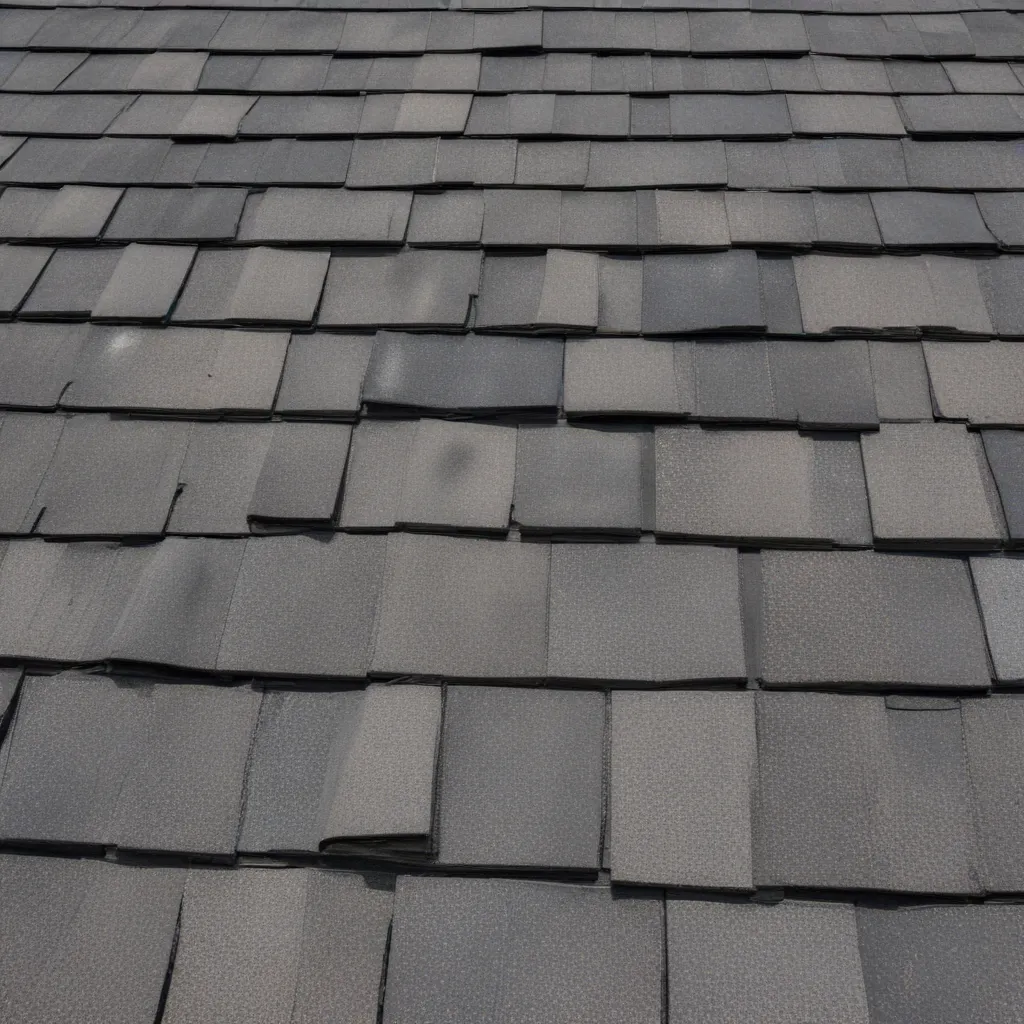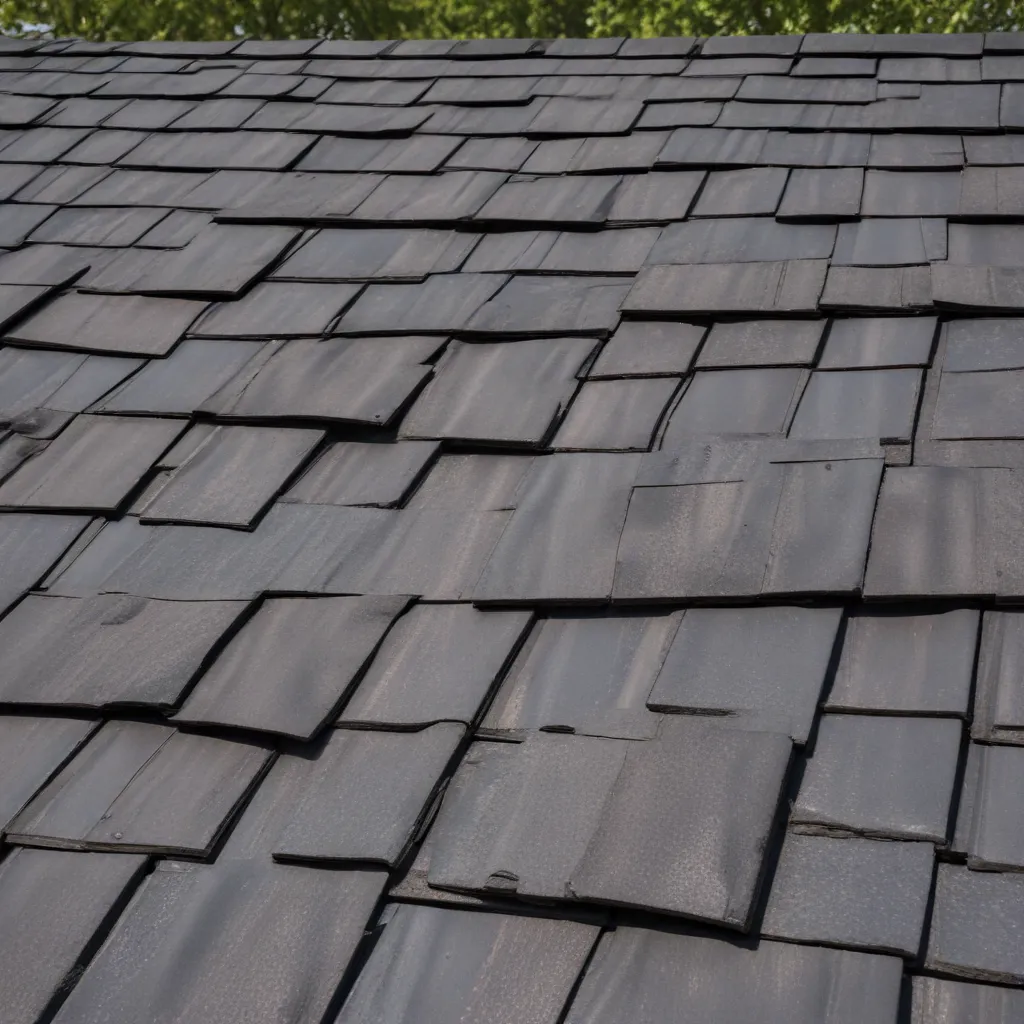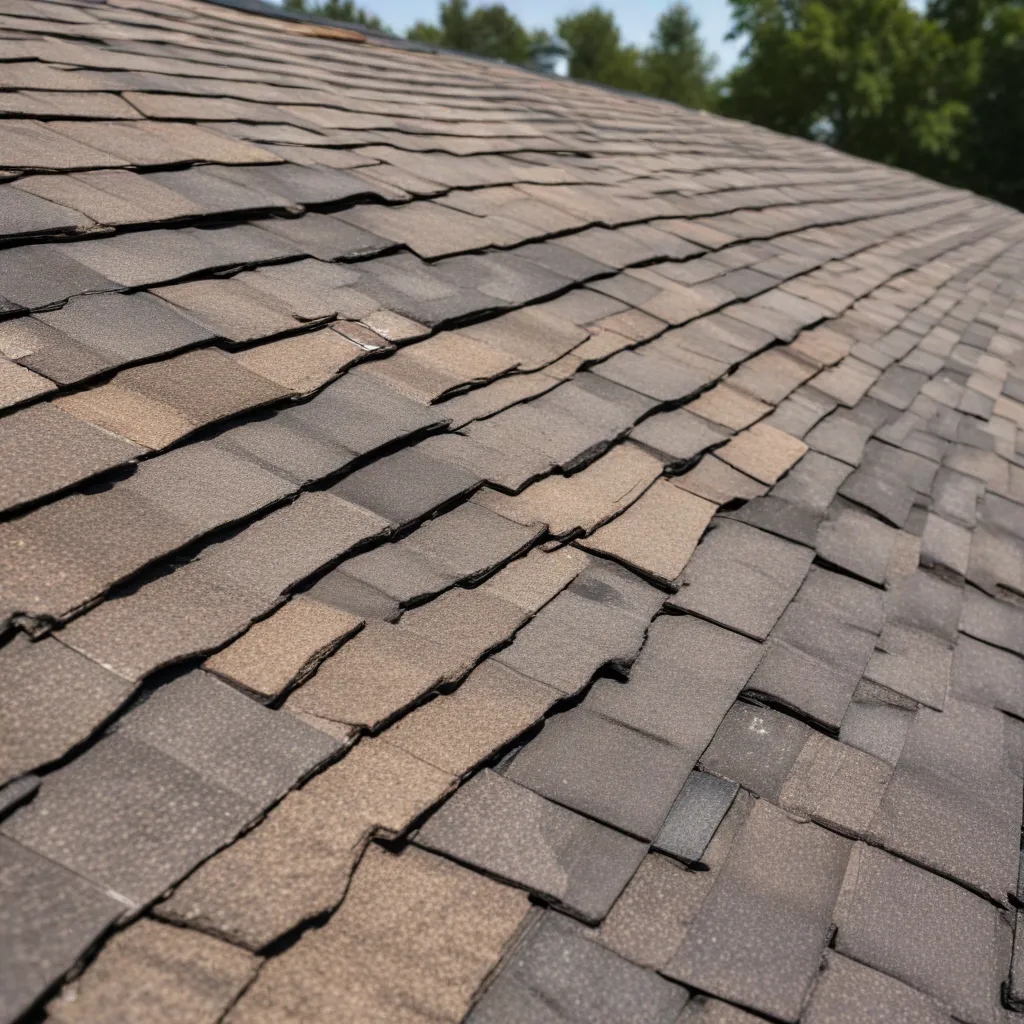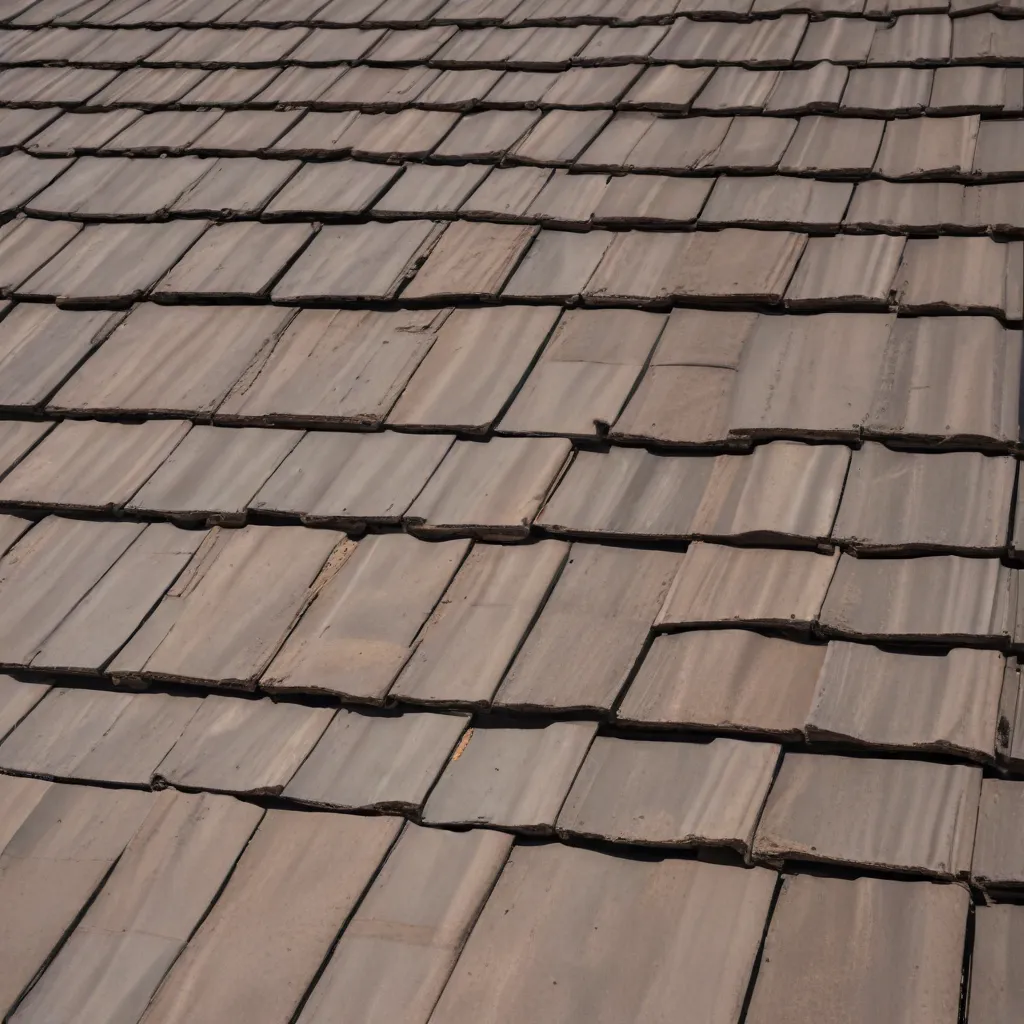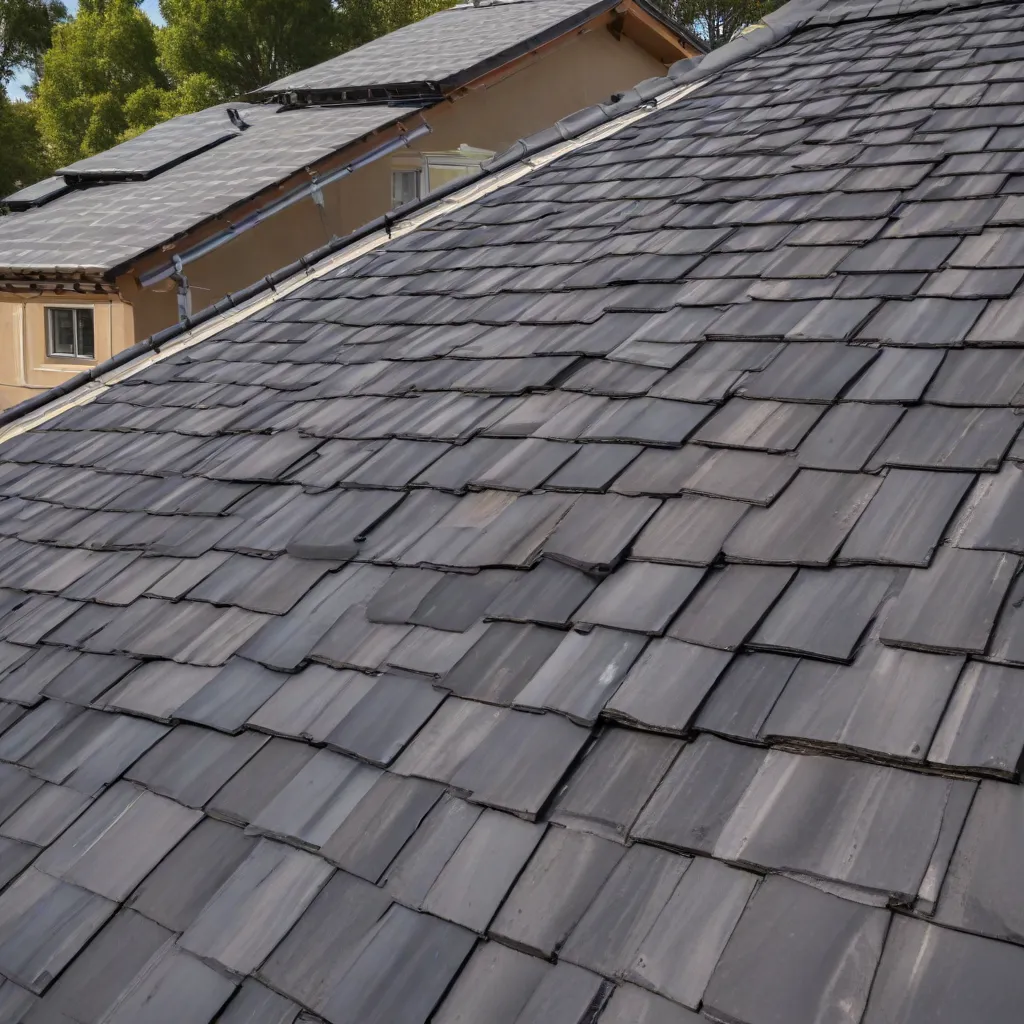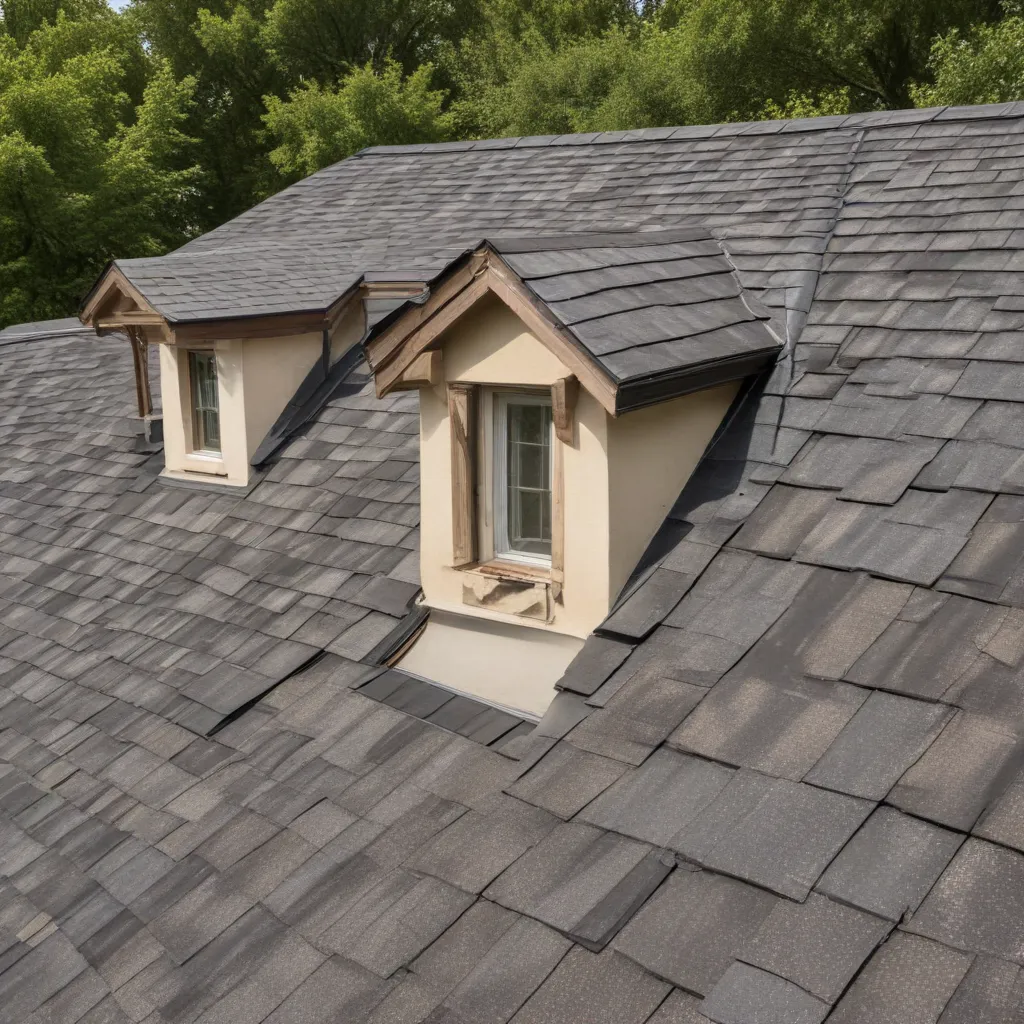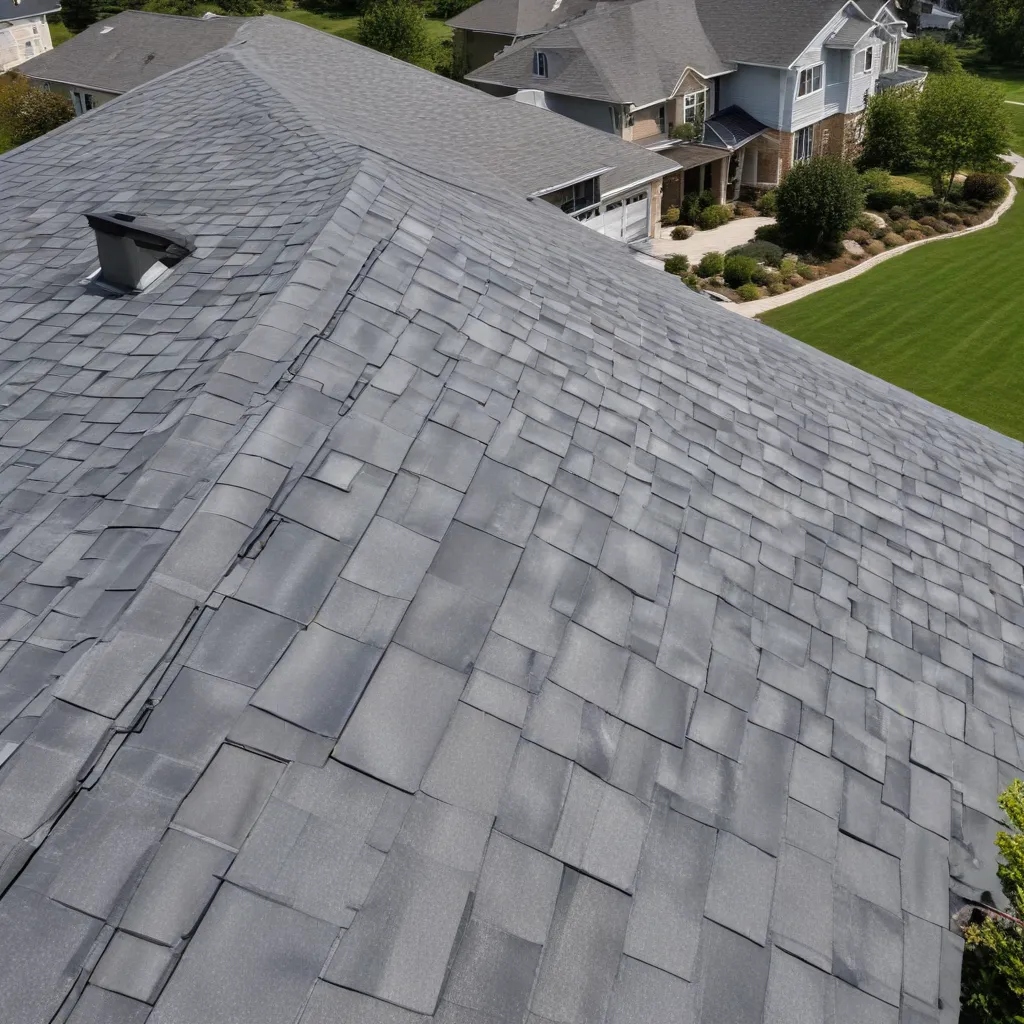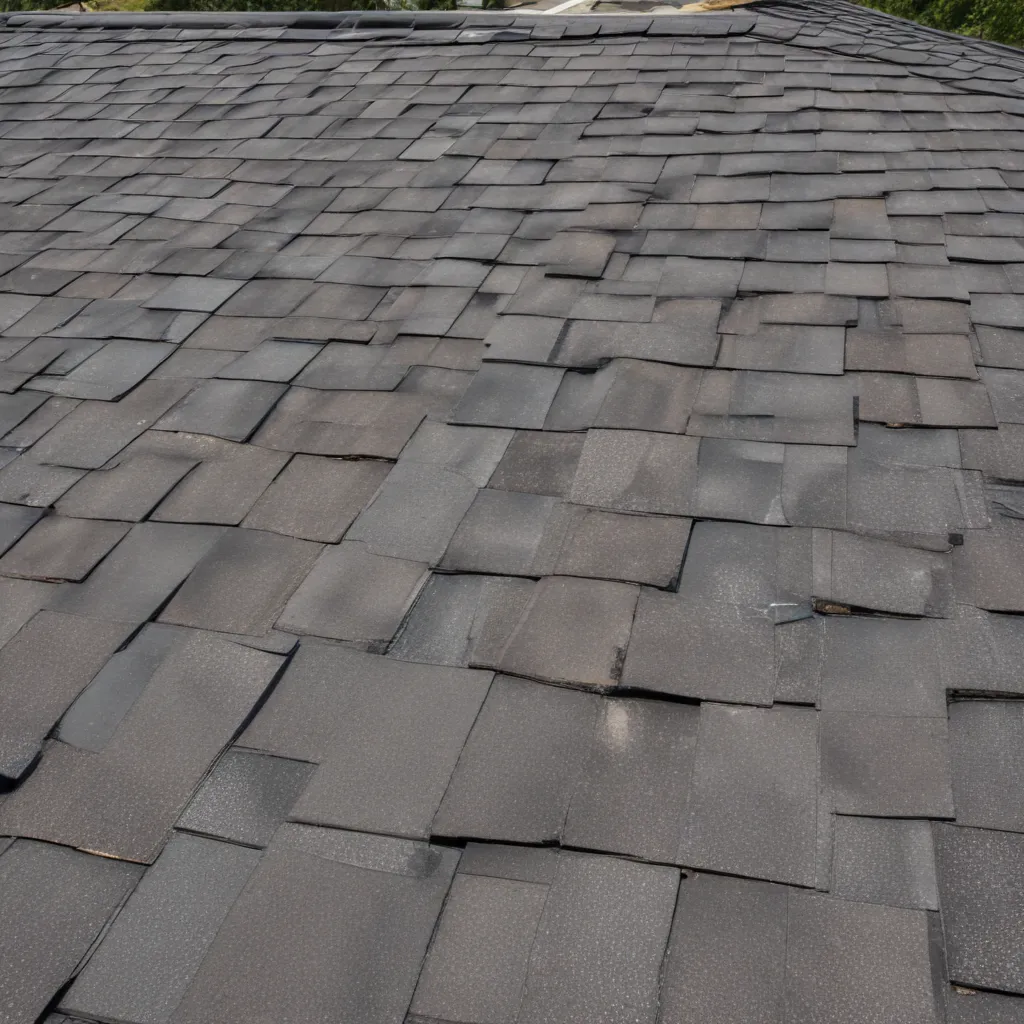Welcome to our comprehensive guide on roofing insurance claims. If you are a homeowner or business owner who has experienced roofing damage, understanding the insurance claim process is crucial to ensure you receive the maximum coverage for your repairs. In this article, we will provide you with valuable insights, tips, and strategies to help you navigate the complex world of roofing insurance claims. With this knowledge, you will be better equipped to handle the claims process and obtain the financial assistance you need to restore your roof to its former glory.
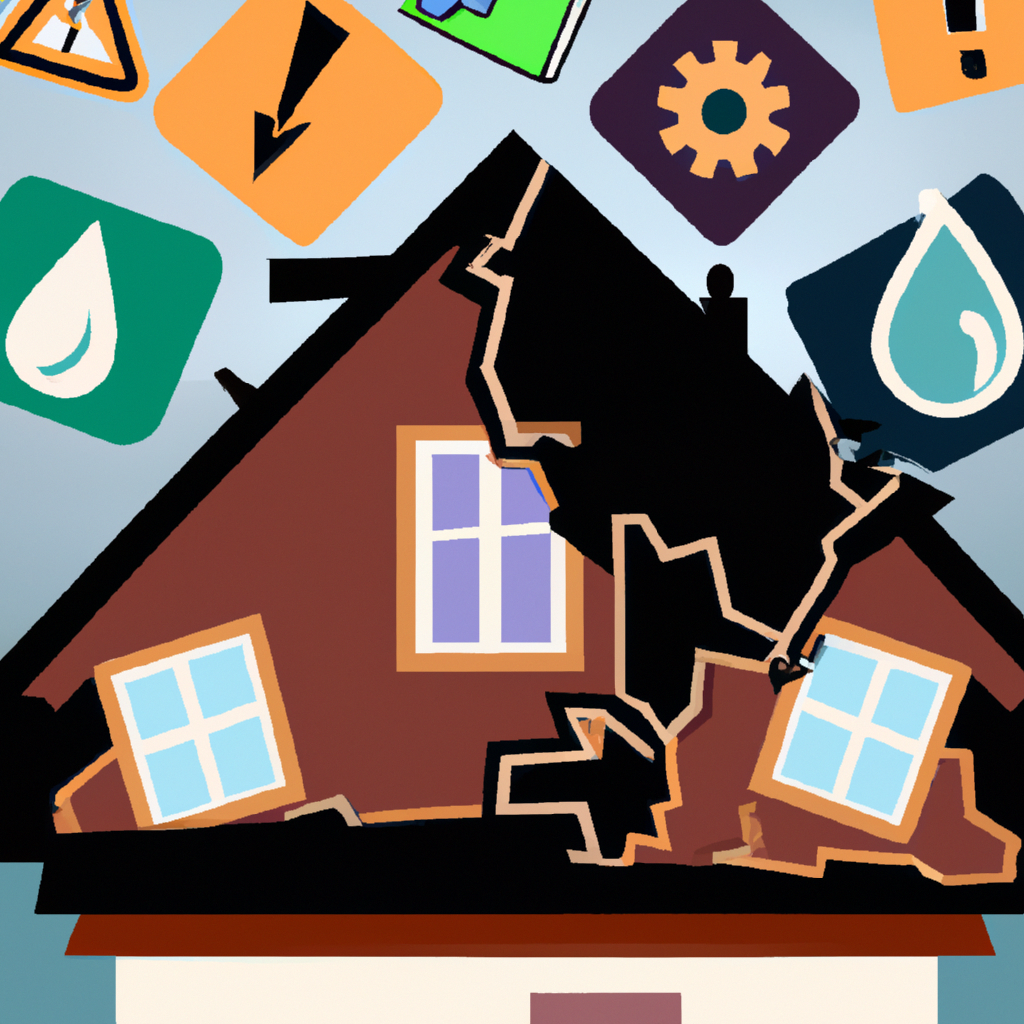
Section 1: Understanding Roofing Insurance Policies
When it comes to roofing insurance claims, the first step is to familiarize yourself with your insurance policy. This document outlines the terms and conditions of your coverage, including the extent of protection, deductibles, and exclusions. Understanding the key components of your policy will enable you to make informed decisions throughout the claims process.
What Does Roofing Insurance Cover?
Roofing insurance typically covers damage caused by natural disasters, such as storms, hail, wind, fire, and falling objects. It is essential to review your policy to determine the specific perils covered. Additionally, some policies may also provide coverage for leaks, structural damage, and related repairs.
Deductibles and Coverage Limits
Deductibles and coverage limits are crucial aspects to consider when filing a roofing insurance claim. The deductible is the amount you must pay out of pocket before your insurance coverage kicks in. Coverage limits refer to the maximum amount your insurance company will pay for a claim. It’s important to review your policy to understand these limits and ensure they align with your needs.
Exclusions and Endorsements
Insurance policies often contain exclusions, which are specific situations or types of damage that are not covered. It is essential to carefully review these exclusions to avoid any surprises when filing a claim. Additionally, endorsements are amendments or additions to your policy that can provide additional coverage for specific circumstances. Understanding both exclusions and endorsements will help you navigate the claims process effectively.
Section 2: Steps to File a Roofing Insurance Claim
Filing a roofing insurance claim can be a complex process, but following the right steps will increase your chances of a successful outcome. Let’s dive into the key steps involved in filing a claim.
Step 1: Document the Damage
The first step in filing a roofing insurance claim is to document the damage thoroughly. Take clear, high-resolution photographs or videos that capture the extent of the damage from multiple angles. This evidence will play a crucial role in supporting your claim and ensuring you receive the appropriate coverage.
Step 2: Notify Your Insurance Company
Contact your insurance company as soon as possible to report the roofing damage and initiate the claims process. Provide them with all the necessary details and documentation, including the date and time of the incident, a description of the damage, and any supporting evidence you have gathered.
Step 3: Schedule an Inspection
Once you have reported the damage, your insurance company will likely schedule an inspection to assess the extent of the roofing damage. It is essential to be present during this inspection to ensure all areas of concern are thoroughly evaluated.
Step 4: Obtain Estimates
After the inspection, it’s time to obtain estimates for the necessary repairs or roof replacement. It is recommended to get multiple estimates from reputable roofing contractors in your area. These estimates will help you understand the scope of the work required and provide a basis for negotiating with your insurance company.
Step 5: Review Your Claim Settlement
Once your insurance company reviews your claim, they will provide you with a claim settlement offer. Carefully review this offer to ensure it covers all the necessary repairs and aligns with your policy coverage. If you believe the settlement is insufficient, you can negotiate with your insurance company or seek professional assistance.
Step 6: Proceed with Repairs
Upon reaching a satisfactory settlement, you can proceed with the roofing repairs or replacement. It’s crucial to work with licensed and insured roofing contractors who have experience in dealing with insurance claims. Keep all receipts and documentation related to the repairs for future reference.
Section 3: Maximizing Your Roofing Insurance Coverage
Now that you understand the basics of roofing insurance claims, let’s explore some strategies to help you maximize your coverage and ensure a smooth claims process.
Document Regular Maintenance
Maintaining a record of regular roof maintenance and inspections can significantly benefit your insurance claim. Regularly documenting these activities shows your commitment to roof upkeep and can strengthen your case when it comes to claiming for damages.
Hire a Public Adjuster
If you find the claims process overwhelming or feel that your insurance company is not offering a fair settlement, hiring a public adjuster can be a wise decision. Public adjusters are professionals who work on your behalf to negotiate with insurance companies and ensure you receive the maximum coverage.
Review Additional Coverage Options
Consider reviewing your insurance policy for any additional coverage options that may be beneficial. For example, some policies offer coverage for temporary living expenses if your home becomes uninhabitable due to roofing damage. Understanding these additional coverages will help you make the most of your insurance policy.
Conclusion
Navigating the world of roofing insurance claims can be challenging, but armed with the knowledge and tips provided in this guide, you are now better equipped to handle the process. Remember to review your insurance policy thoroughly, document the damage, follow the necessary steps, and maximize your coverage by exploring all available options. By doing so, you can ensure that your roofing insurance claim is successful and you receive the financial support you need to restore your roof to its former glory.




